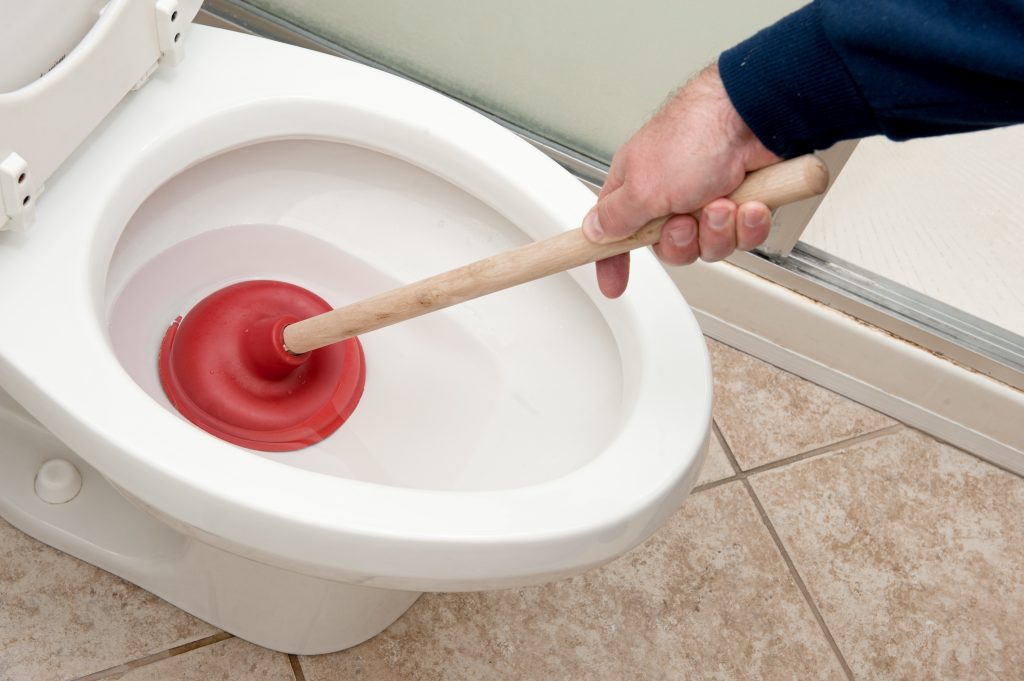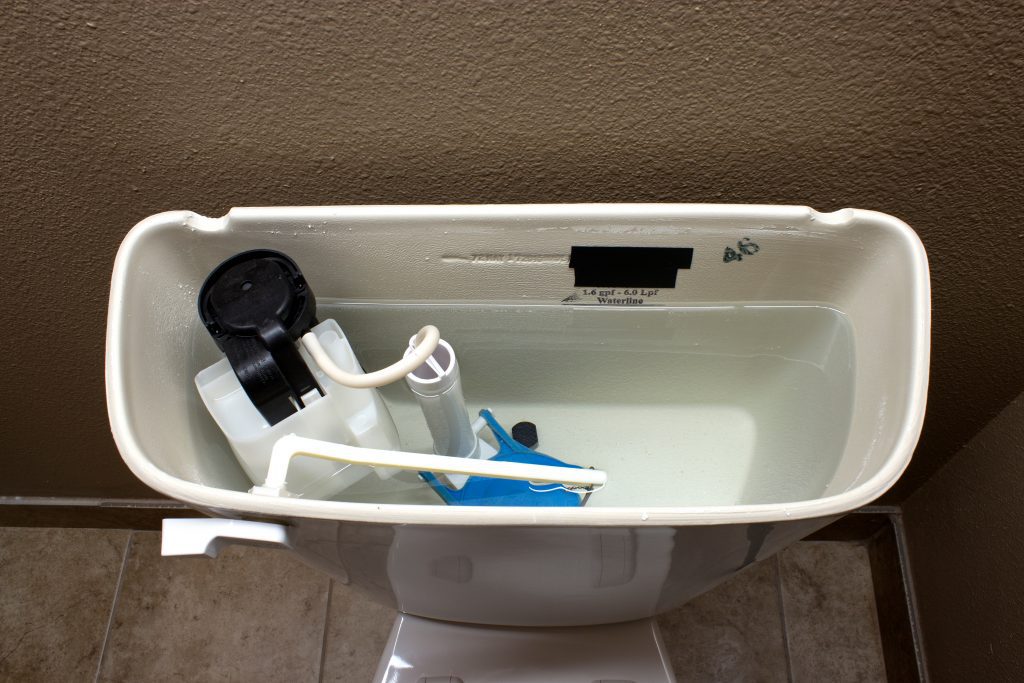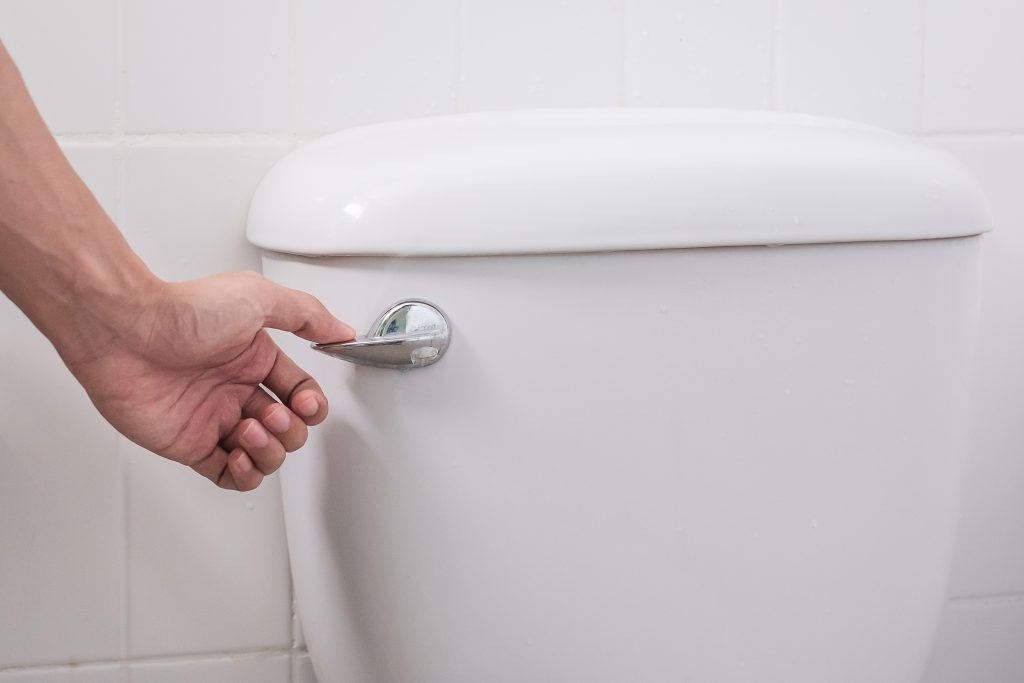We know that toilet problems are usually the last thing anyone wants to deal with — but did you know there are several issues you can fix without shelling out your hard-earned cash to a plumber?
The construction of a toilet is fairly straightforward. It consists of two main parts: the bowl and the upper tank. While most repairs involve the latter, there is one typical issue that can effect the bowl.
Even the best toilets may give you some trouble every now and then, but don’t look for a plumber just yet! From slow drainage to a toilet that won’t stop running, you might be surprised at how easy three of the most common repairs are to fix yourself.

The Toilet Is Overflowing
If this is happening, you likely have a clog. If you don’t own a plunger, pick one up from your local hardware store. Insert the plunger into the bowl while it’s still full of water, pressing the mouth against the opening at the bottom of the bowl. Rhythmically and carefully (so you don’t splash) use a push-pull pumping motion to drum up enough pressure to release the clog. You’ll know you’ve fixed it when the water starts draining down, just like it’s supposed to.
The best toilets feature strong flush power and clog resistance, providing powerful flushes to help wash everything away quickly and efficiently. But sometimes you may still need to use a plunger to fix a clog.
The Toilet Won’t Stop Running
Turning a blind eye to this problem will leave you gasping at your high water bill — so it’s best to fix it right away. Luckily, it’s a relatively easy remedy. This problem occurs because of two things: the flapper is not sealing itself correctly or the water level in the tank is too high, causing the top to pour into the overflow tube.
Sometimes all it takes is a quick jiggle of the handle to get the flapper to lay properly. If that doesn’t solve it, replace the flapper with a new one from the hardware store. Over time, the rubber flapper hardens and loses its snug fit.

If the water in the tank is running into the overflow tube, it’s probable that the water level is simply too high. Adjust the water level to roughly 1 inch below the top of the tube to resolve this issue. Simply locate the screw attached to the float fill valve and turn it a quarter-turn counterclockwise to reduce the water level.
Another cause could be that the flush valve assembly isn’t compatible with the toilet. A tube that’s been cut too short during installation will allow for water to continuously run. If this is the case, replace the flush valve system with a new, taller tube.

The Toilet Doesn’t Flush
The handle of the toilet is connected with a chain to a rubber stopper at the bottom of the tank called a flapper. When the flapper is triggered to open, the water in the bowl drains out, washing away waste.
Oftentimes, when the handle is depressed but the toilet doesn’t drain, it’s because the chain has become disconnected. Simply open the lid of the tank and reconnect it to the handle or flapper. Tank water consists of clean water, so there’s no need to wear gloves.
Knowing you can tackle these simple repairs yourself might help you fix your toilet faster and save you from paying a plumber in the future.
This story originally appeared on Don't Waste Your Money. Checkout Don't Waste Your Money for product reviews and other great ideas to save and make money.


